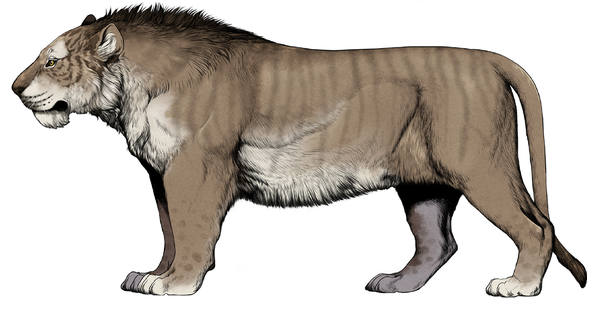Introduction to Panthera Leo Fossilis
Panthera Leo Fossilis , also known as the European Cave Lion , is an extinct subspecies of lion that lived during the Middle Pleistocene period. Fossils of this large prehistoric lion have been found across Europe, indicating that it was one of the dominant predators of its time. The species is considered the ancestor of the modern lion, Panthera Leo , and played a significant role in prehistoric ecosystems.
Habitat and Distribution
Fossil records of Panthera Leo Fossilis suggest it roamed throughout much of Europe and parts of Asia. It primarily inhabited open grasslands and forested areas, preying on large herbivores such as deer, bison, and wild horses. The species likely competed with other large carnivores of the time, including bears and wolves, for food and territory.
Physical Characteristics
Panthera Leo Fossilis was significantly larger than modern lions, with males weighing up to 400 kg (880 lbs). Fossil evidence suggests that it had a robust build and powerful limbs, making it a formidable hunter. Some estimates indicate that **Panthera Leo Fossilis** may have been as large as the American Lion, one of the largest lion species to have ever existed.

